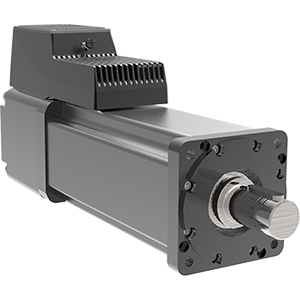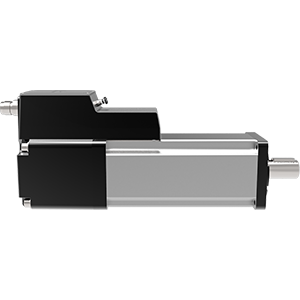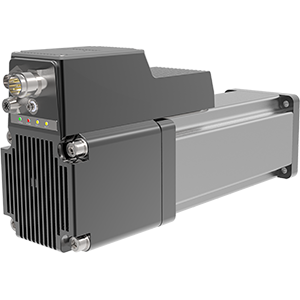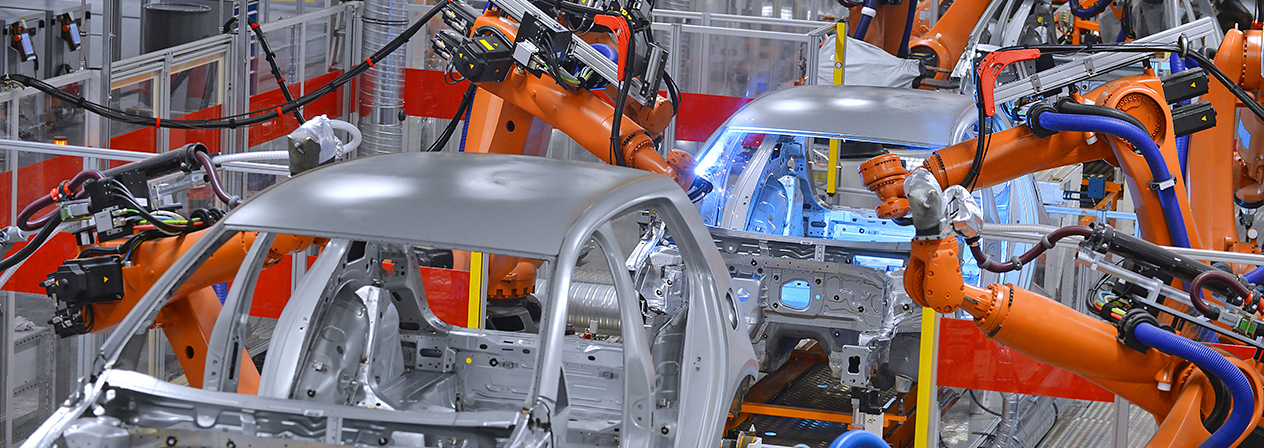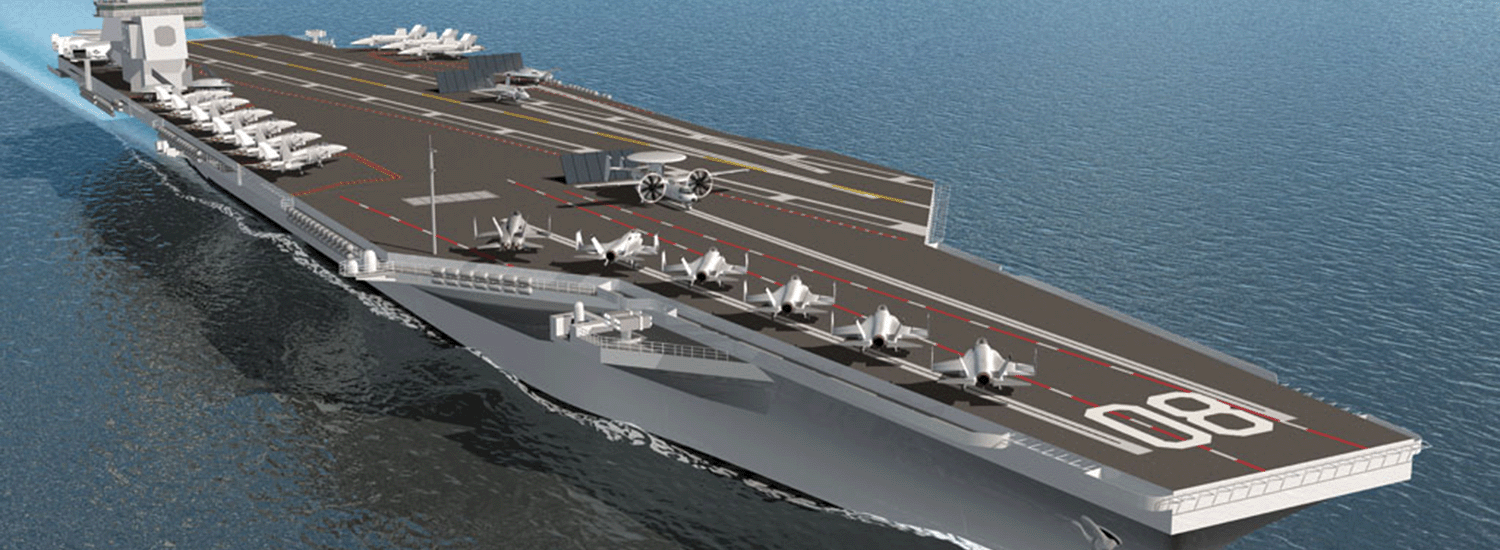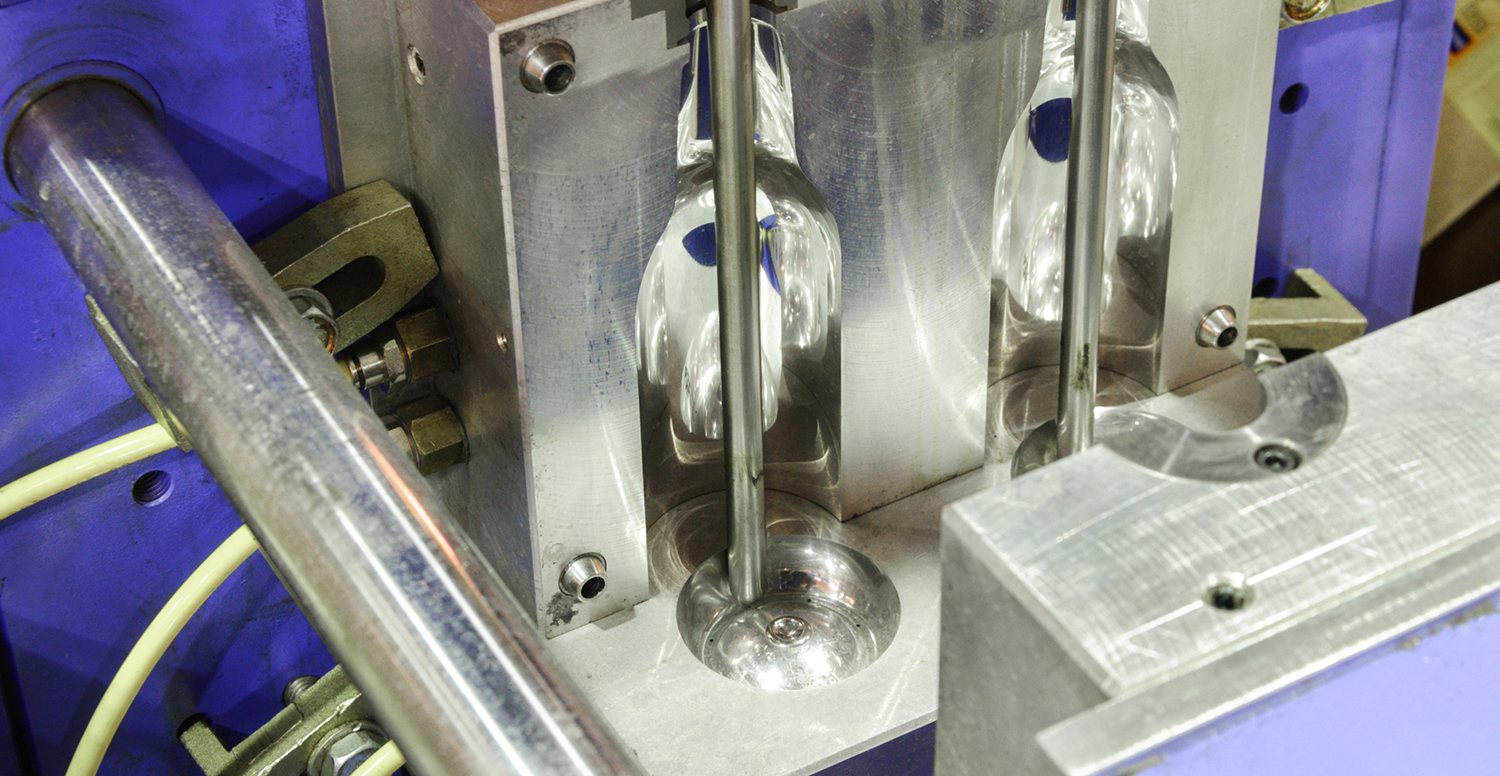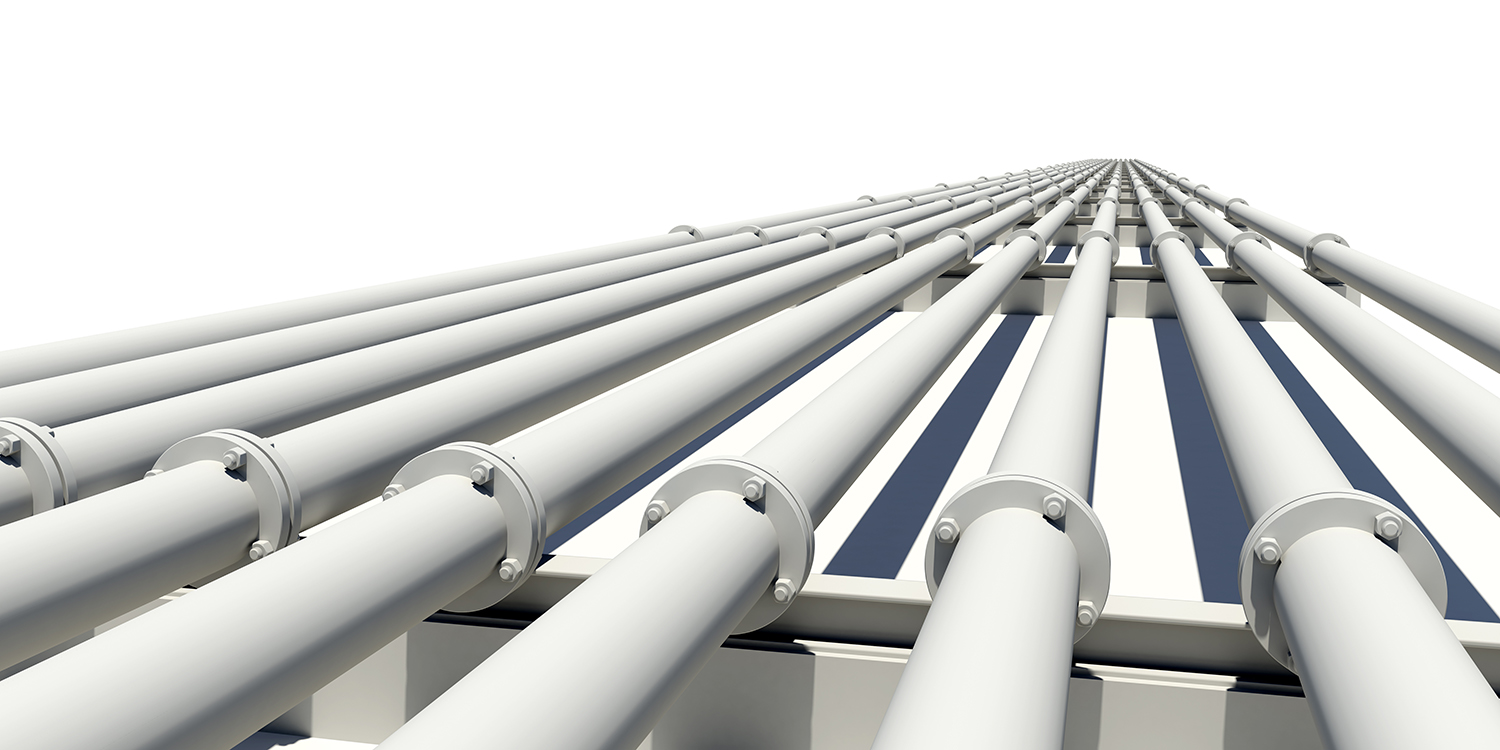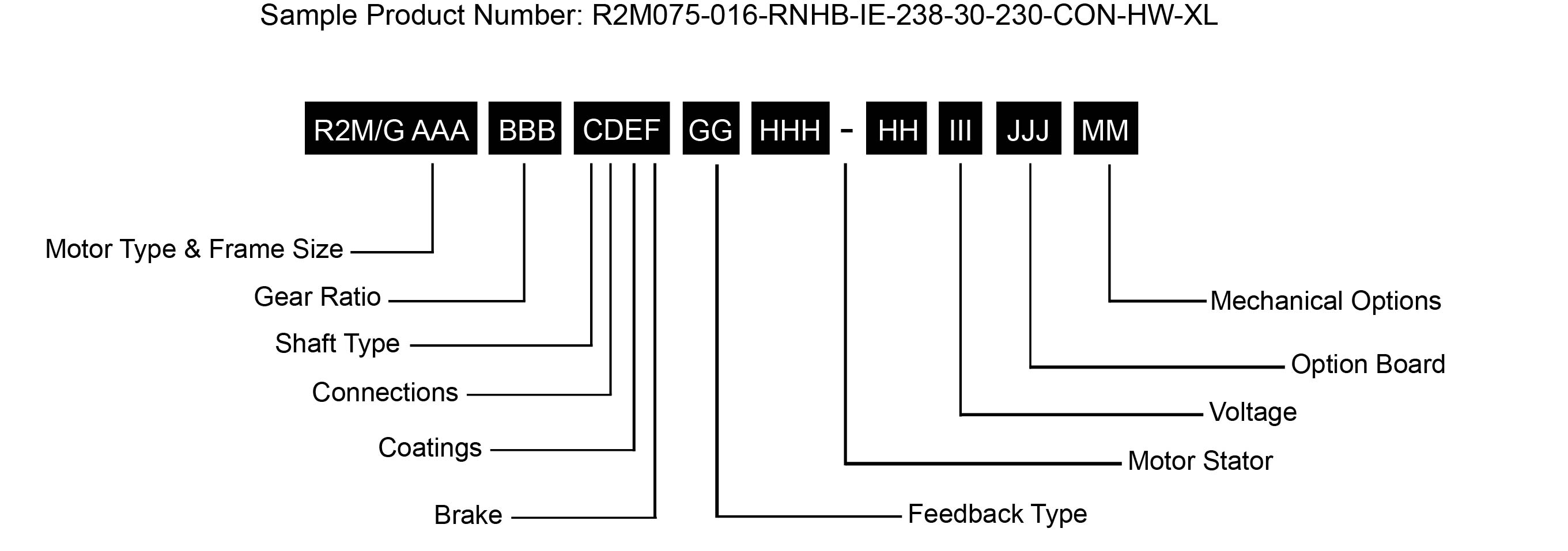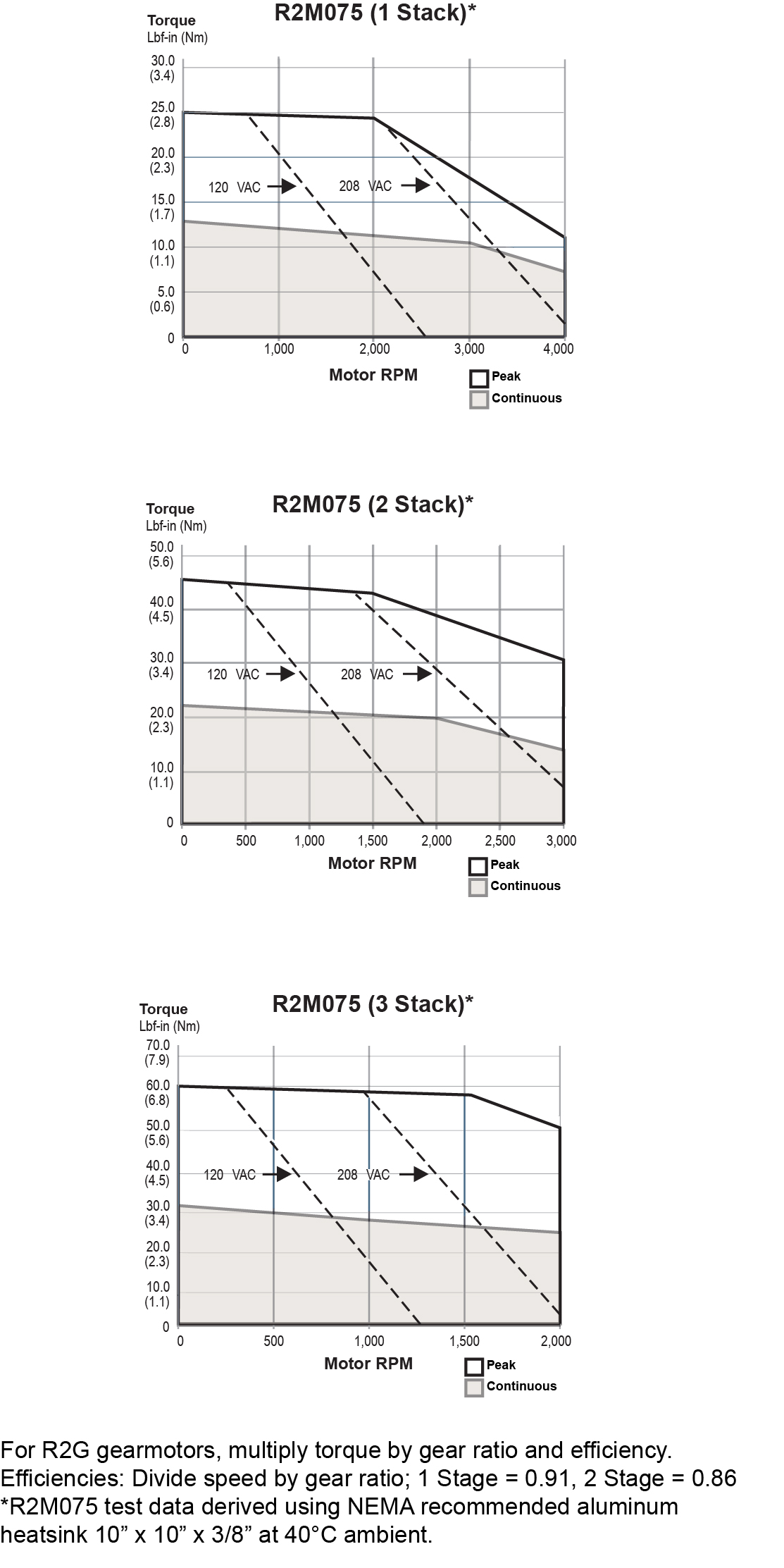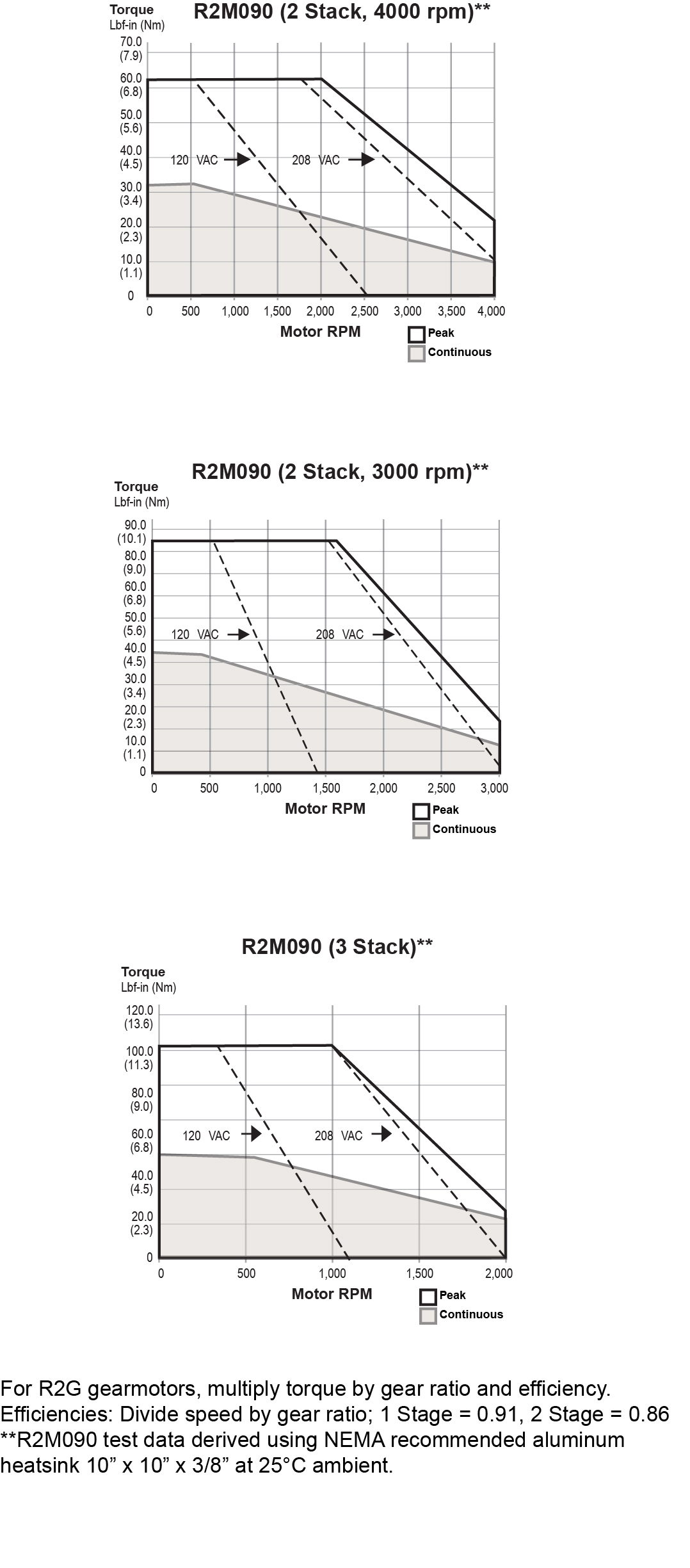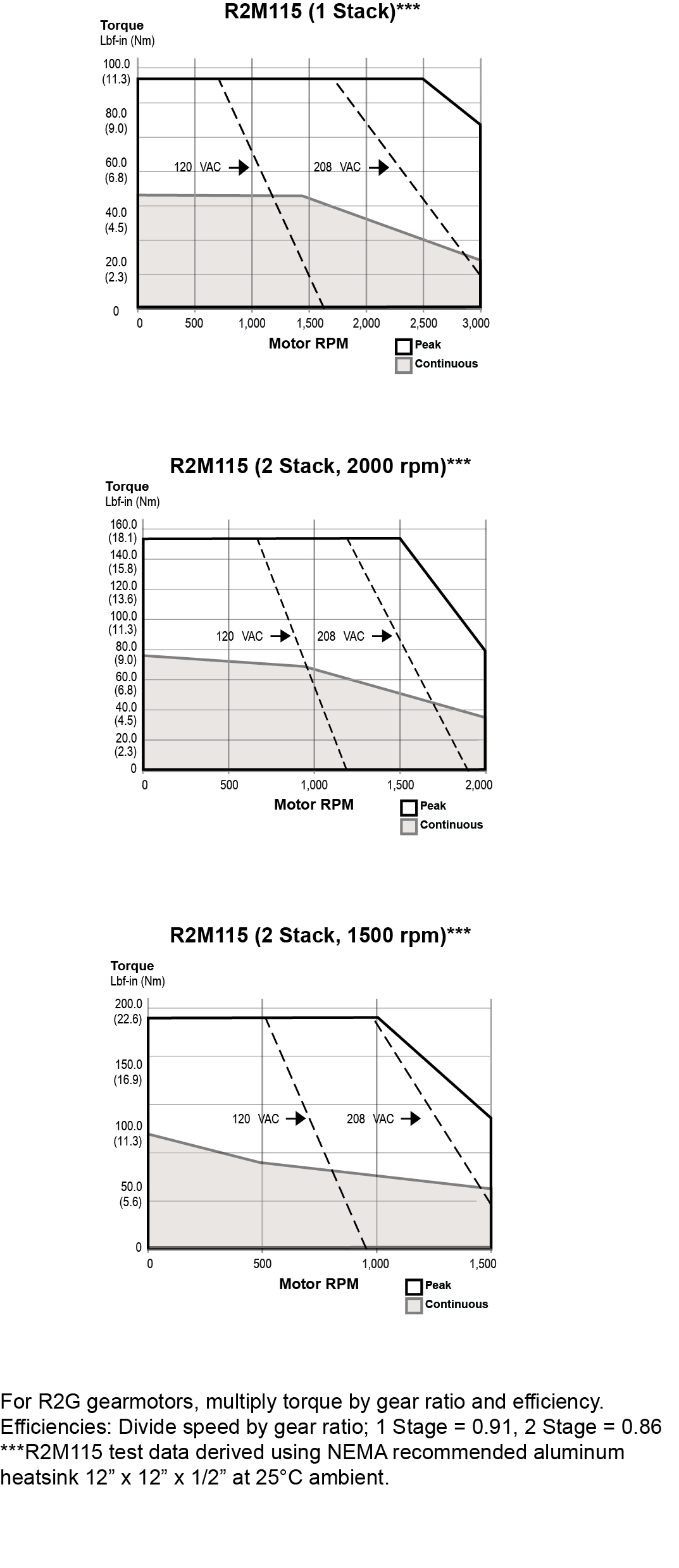
Distribution portal
- Home
-
Industriell - Exlar®
- Exlar Produkte
- Universelle Linearantriebe
- Integrierte Motor-| Aktoren
- Intelligent Drive | Motor-| Aktoren
- Drehantriebe
- Industrien
- Automobil-/EV-Batterie
- Lebensmittel & Getränke / Verpackung
- Öl- und Gasindustrie
- Kunststoffe
- Fortstwirtschaft
- Unterhaltung / Simulation
- Sonstige Branchen
- Betriebsmittel
- Returned Goods Authorization
- Produkthandbücher
- Broschüren / Kataloge
- Fallstudien
- Exlar Videos
- Technische Tipps für Aktuatoren
- Whitepapers
- Online-Tools
- Exact Dimensionierungs- und Auswahlwerkzeug
- Software & Downloads
- Über uns
- Über Exlar
- Allgemeine Geschäftsbedingungen (AGB)
- Zertifizierungen
- Ressourcen
- Nachrichten
- Kontaktieren Sie uns
Exlar Produkte
Universelle Linearantriebe
Integrierte Motor-| Aktoren
Intelligent Drive | Motor-| Aktoren
Drehantriebe
Industrien
Automobil-/EV-Batterie
Lebensmittel & Getränke / Verpackung
Öl- und Gasindustrie
Kunststoffe
Fortstwirtschaft
Unterhaltung / Simulation
Sonstige Branchen


